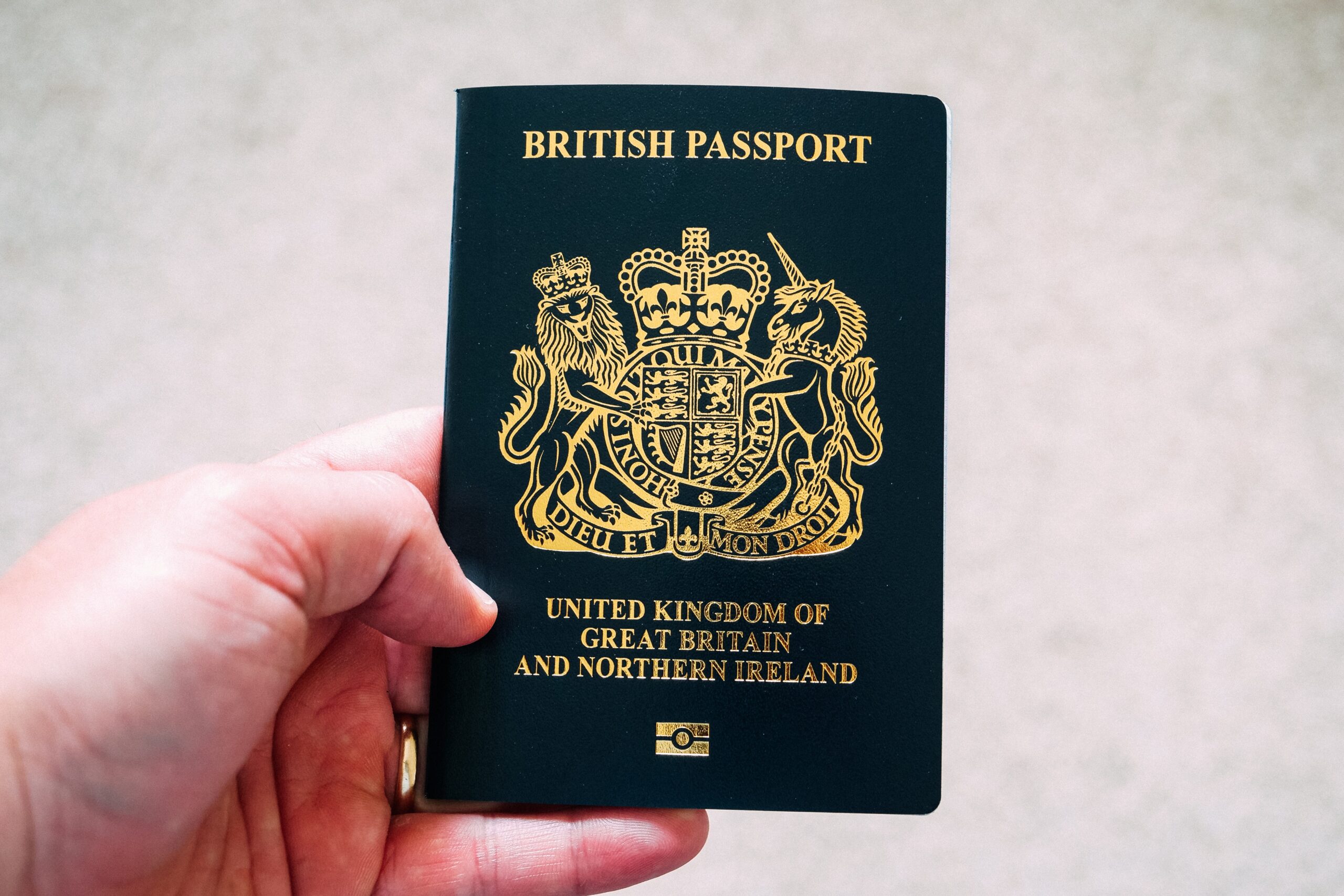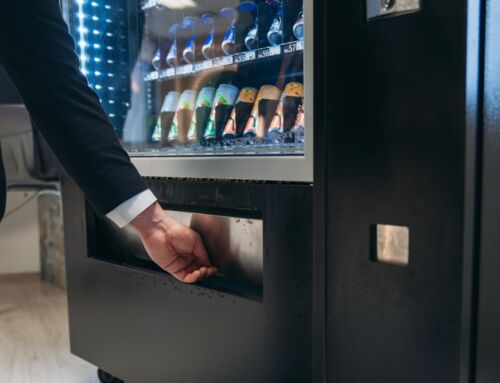It’s been another difficult year for travellers. After two years of COVID-related disruption kept the majority of holidaymakers on these shores, the problems this year have largely been caused by so many people looking to get abroad again.
Airports and airlines, short staffed after making so many redundancies while global travel was at a stand still, have buckled under the surge in demand. Holidaymakers have had to contend with thousands of flight cancellations, delays of many hours queuing at airports, and luggage routinely going missing.
Not the best way to start a holiday. But in some ways, they are the lucky ones. At least they have been able to get away. Thousands of others have been forced to scrap their holiday plans because they’ve not been able to get their passport renewed in time.
Again, HM Passport Office has been caught out by a sudden jump in demand. Many people didn’t bother renewing expired passports during the pandemic because they were resigned to not going abroad any time soon. But when restrictions on international travel were lifted in the spring, those renewal applications flooded in.
The Passport Office hasn’t been able to keep up. At the end of June, there were half a million applications in the system and 50,000 people had been waiting longer than the maximum 10-week limit the service sets itself.
Inevitably when administrative systems creak and struggle like this, there are questions asked. Is the passport application service fit for purpose? What could be done to improve it, to modernise it?
As always, technology features prominently in these kinds of conversations. And we believe a technology that could have a huge impact on the passport application process is the biometric kiosk. Here’s why.
A proven role
Kiosks are already playing a huge role in border control and immigration services around the world. When you go to any airport these days, it’s commonplace to find self-service scanners that read and verify passports digitally, rather than having to hand them over to a border guard to be checked manually. The fact that these passport kiosks are often designated as ‘fast lanes’ tells you everything you need to know about one of the big advantages of kiosk technology.
We already know that kiosks can be trusted to get personal identification right. Biometric readers can take facial and fingerprint scans and match the results to data held on modern biometric passports. In the US, a country renowned for its strict border control procedures, Automated Passport Control (APC) kiosks are trusted to run automated entry checks under the ESTA visa waiver program. Not only is travellers’ personal and biometric data collected on entry and exit, but visitors use the kiosk to answer questions about their trip, as they would otherwise be asked by a border guard.
And here in the UK, the Home Office has announced that it is to trial using kiosks at immigration offices in Croydon and Solihull. These kiosks will allow visa applicants to complete actions like scanning documents and having their fingerprints and faces scanned without having to wait for an in-person appointment. The Home Office has said its ambition is to have a digitised system across all border entry points that collects information from visitors and new arrivals in the same way.
Rapid-fire processing
From our perspective, if feasibility studies have satisfied the Home Office’s criteria on security and reliability from the immigration side, then a logical next step would be rolling out self-service kiosks where people could apply for a passport, too.
One of the issues with the digital renewal scheme at present is that it relies on people to submit their own photographs from their own phone, which then have to be checked for suitability. At a kiosk, a high resolution camera could be set up to take photographs that meet the specifications every time.
Digital cameras would also double up as facial recognition scanners, and similar biometric scanners like iris and fingerprint units are now commonplace. Add a document scanner (i.e. to scan in birth certificates etc) and you could also use kiosks for first-time applications.
Going forward, as the passport service is increasingly digitised and everybody has their biometric data registered as standard, renewing a passport could become as simple as visiting an authorised kiosk and scanning your fingerprints and/or face. The system would match you to your personal records, and the application could more or less be processed there and then.
It’s also already commonplace to fit kiosks with printers and RFID chip dispensers, which are used for issuing things like entry fobs. It’s very much within the realms of possibility that we could one day see fully automated passport kiosks that process, authorise and then print passports there and then.




